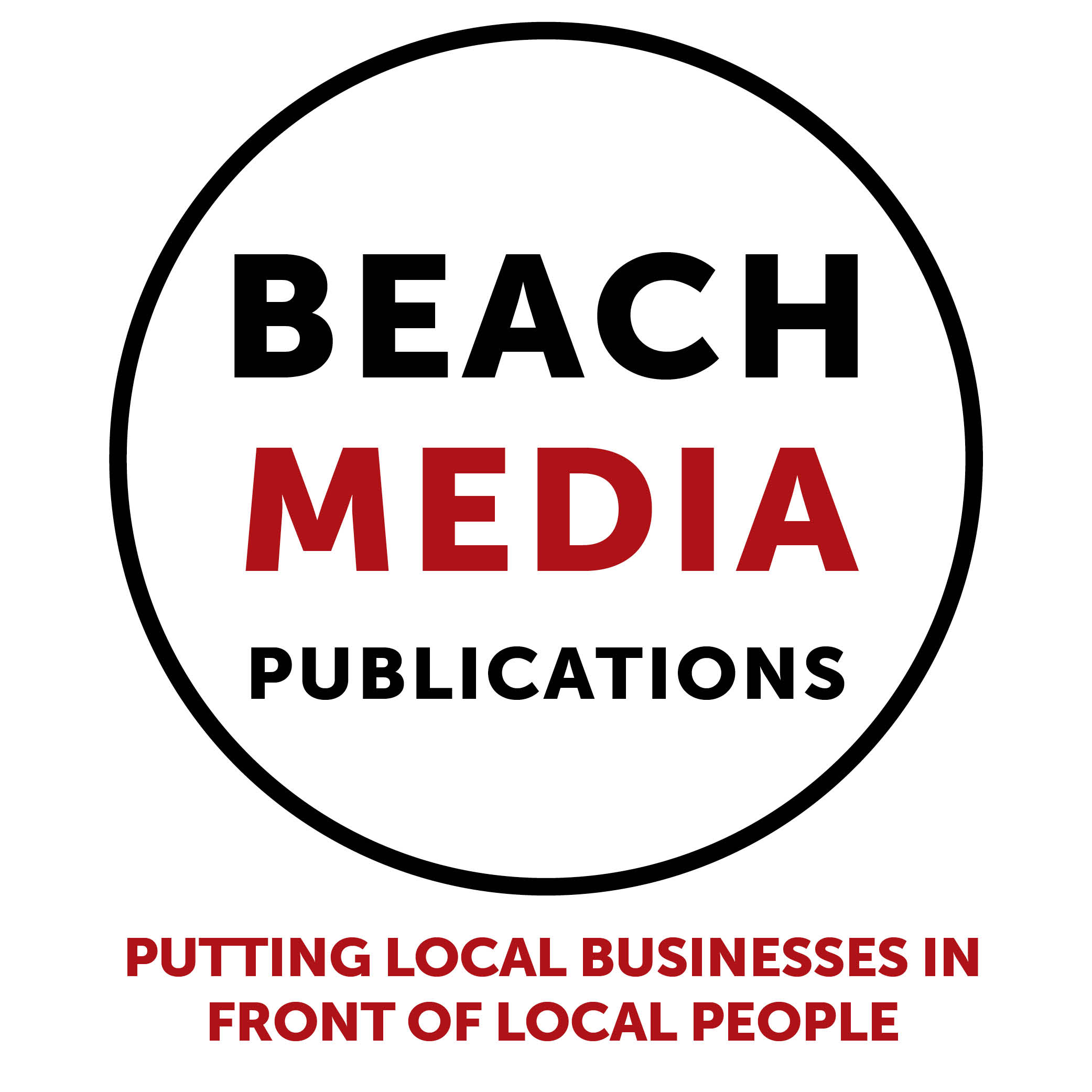Do you need a website?
From a web designer, I’m sure you’re expecting the answer to be – yes – end of article!
However, my answer is often more like “not yet” or “yes, but let’s look at some other options first”.
The reason behind that is, the best websites I have built have been for people who have taken the time to explore and test what their customers needed from them online before approaching me.
Building a successful website that communicates what a business offers and excites people to engage with it meaningfully is something that takes a substantial investment of both time and money. If you are launching a new business these are precious resources and you need to be sure you are spending them wisely. The best way to know this is happening is to do some testing first. Here are some examples of how you can do just that:
Social Media. Facebook is great for this. You can add your business details such as opening hours and contact details. You can also add pictures to demonstrate your brand or products and services more clearly and you can interact directly with potential customers asking them questions and telling them about what you offer.
Google My Business. This option is similar to social media, you can add your business details and direct people to your profile with a link just like you would a website but, aside from using your published contact details, the only way people can communicate with you here is by adding reviews. This works well for service-based businesses such as hairdressers and beauticians. Previous clients can talk about their experiences and add pictures showing new customers exactly what you offer. Monitoring people’s response to this is a great indicator of what they might want to see on a website to demonstrate what you offer clearly.
Mailing List. A slightly more complex way of communicating with your online audience as you need to set up a personalised landing page which can be done directly through a mailing list provider such as Mail Chimp or MailerLite. A landing page is a simple one-page version of a website, it should contain essential business information such as contact details and you can add a picture and start developing your brand using personalised colours and fonts. There will also be a place where people can add their contact details to join your mailing list. This is useful if you are launching your business products or services in stages and want to be able to tell people when things are available. It’s also a good way to gauge interest in what you offer by seeing how many people sign up to hear more.
Jo Hamlyn
discomountain.com
Web Design. London.


